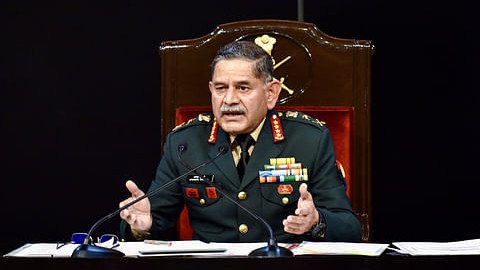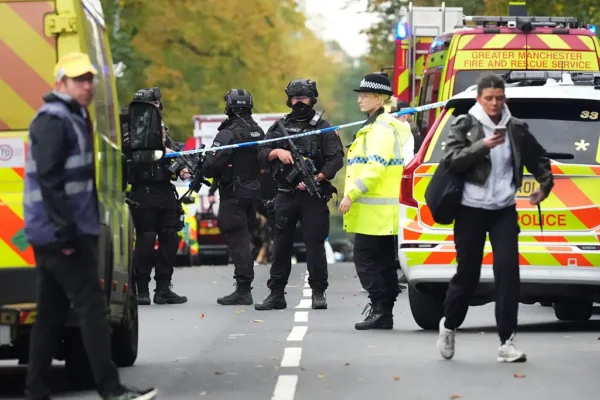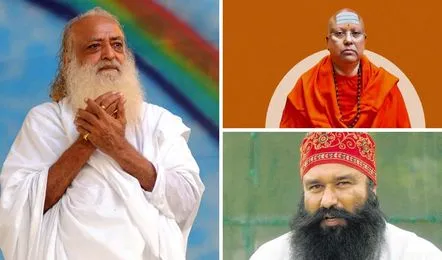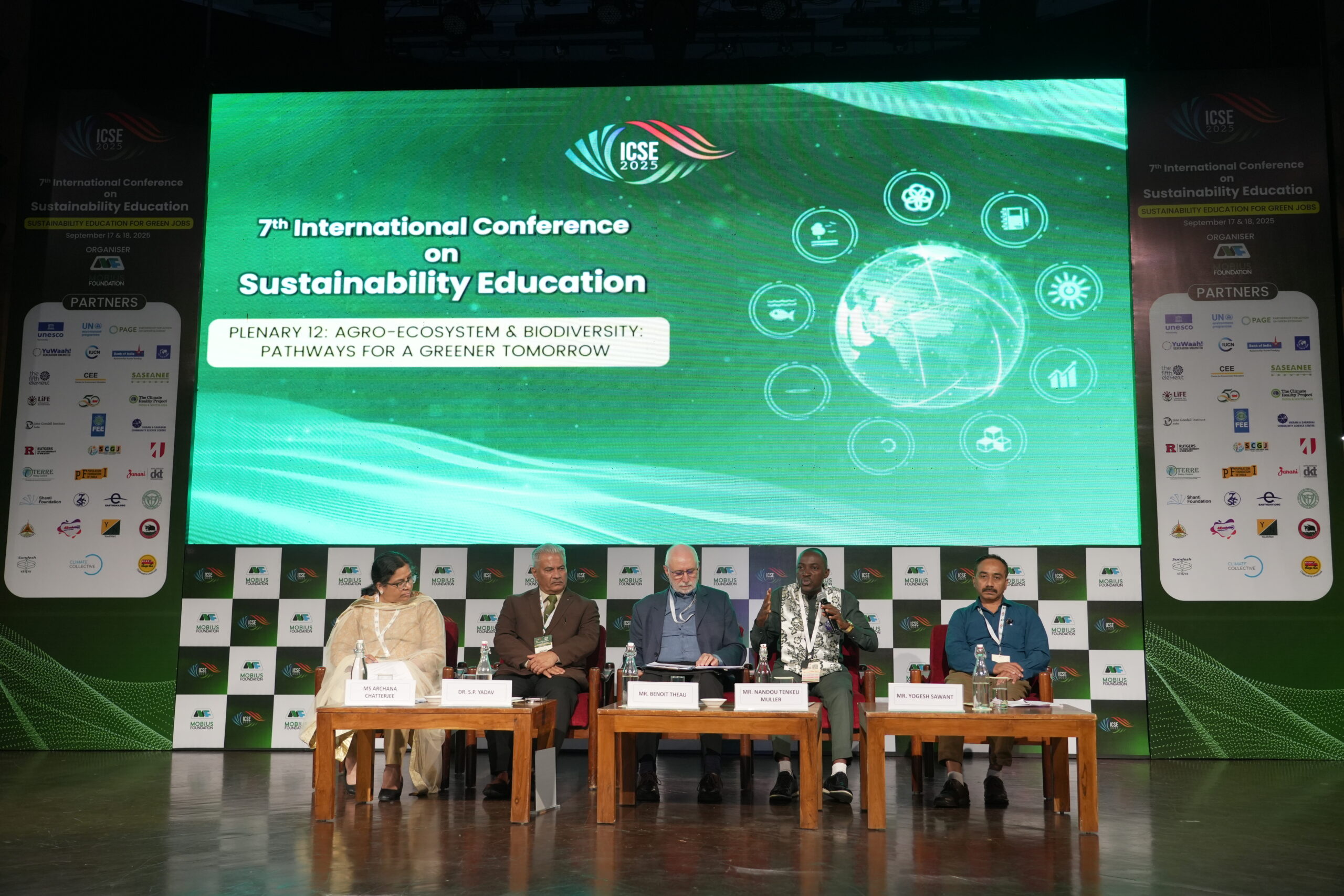

Big Promises on Gender Equality — But Why Does Reality Still Look So Grim?
By Prabha July 7,2025
When the United Nations was established in 1945, its charter boldly declared a universal commitment to human rights and fundamental freedoms—without discrimination based on race, sex, language, or religion. This promise, enshrined in the very foundations of the UN, aimed to create a world where equality was not just an ideal, but a global standard.
Within this charter, Article 8 of Chapter III specifically addressed gender equality. It made clear that the United Nations would not impose any restrictions on the eligibility of men and women to participate equally in any of its principal or subsidiary bodies. At the time, this statement was groundbreaking, as it implicitly recognized the deep-rooted gender disparities that plagued societies across the globe.
For countries like India and others around the world, the charter was a moment of moral awakening—a formal acknowledgment that discrimination between men and women could no longer be justified in the modern world. But while the words were powerful, the road to implementation was anything but swift.
Despite the Charter’s noble intentions, it took decades of persistent effort, grassroots activism, and relentless advocacy to begin turning those ideals into institutional reality. The global women’s rights movement had to fight hard to keep gender equality on the international agenda. After three decades of pressure and mobilization, 1975 marked a turning point in history.
That year, the United Nations officially declared 1975 as International Women’s Year, recognizing the need to spotlight the role and rights of women on a global scale. It also set the tone for an entire decade—1976 to 1985—dedicated to the advancement of women. March 8, 1975, was celebrated as the first official International Women’s Day, anchoring a tradition that continues to this day.
Momentum grew rapidly. The same year, Mexico City hosted the first-ever World Conference on Women, bringing global attention to the movement. The following year, the UN established the United Nations Development Fund for Women (UNIFEM), aimed at supporting women’s development initiatives around the world. This institution would later evolve into what we now know as UN Women, founded in 2010.
From the ink on the UN Charter in 1945 to the spirited gatherings of women’s rights advocates in Mexico three decades later, the journey toward gender equality has been long and hard-fought. The promises were grand—but for millions of women, justice and equality remain a work in progress.
The Long Road of Women’s Rights
The journey of women’s rights has been long, determined, and marked by landmark global milestones. One of the most defining moments came in 1995, when the Fourth World Conference on Women convened in Beijing. It was there that the historic Beijing Declaration and Platform for Action (BPfA) was adopted—a transformative global commitment to women’s empowerment, safety, and rights. India, too, was among the signatory nations. The declaration laid out twelve critical areas of focus, including education, health, violence, and poverty—each one a pillar essential to uplifting women across the world.
From that moment onward, the momentum only grew stronger. The legacy of UNIFEM culminated in a new chapter with the creation of UN Women on July 2, 2010. This wasn’t just a symbolic shift. It marked the establishment of a dedicated UN agency focused on gender equality and women’s empowerment. More than that, UN Women also expanded its mandate to advocate for the rights of LGBTQ+ communities. It began working alongside major UN bodies like UNICEF, UNDP, and UNFPA, building a unified front for inclusive global development.
Now, fifteen years later, UN Women has reached a critical milestone. Meanwhile, the Beijing Declaration is set to mark its thirtieth anniversary in 2025. This year, then, is more than symbolic—it is a moment for reflection, reckoning, and renewed commitment.
The real question, however, remains: after decades of declarations, platforms, and promises—what has truly changed for women? Has life become easier or safer for them? Have the structural challenges really been dismantled, especially in countries like India, which holds the world’s largest population of women?
According to UN Women’s most recent report, the answers remain troubling. Despite decades of progress, backlash against women’s rights continues in one out of every four countries. In many parts of the world, women still possess only a fraction of the legal rights that men do—roughly 64 percent less, to be exact.
Patriarchy, it seems, refuses to retreat. Over half the countries globally still bar women from engaging in jobs that men are legally permitted to do. These exclusions range from discriminatory laws to deep-rooted cultural norms that continue to police what women can or cannot aspire to.
Representation in political decision-making remains alarmingly low. Men still dominate about three-fourths of all legislative bodies worldwide. That means only a quarter of those shaping laws are women, a gap that severely limits the creation of gender-sensitive policies. In India, the picture is even more stark. Women make up only 13.6 percent of the current Lok Sabha, and a dismal 9 percent in state assemblies.
Despite the global commitments etched into UN charters and reinforced by platforms like the Beijing Declaration, the ground realities tell a different story. The rights may have been written into policy—but they are still far from being practiced with parity. As 2025 approaches, the fight for gender justice remains a pressing, unfinished chapter of the modern world.
When Equality Is a Promise Made by Men, Not Shared by Them
In a country where over 90 percent of lawmakers and constitutional reformers are men, the commitment to gender equality often appears less like a promise of justice and more like a gesture of pity. It’s a system still dominated by male voices deciding the limits of women’s freedoms—one where the rhetoric of equality rarely matches the lived reality of women.
Globally, the situation remains grim. In 2023 alone, over 85,000 women and girls were intentionally killed across the world. Most of these acts of violence were not random; they were carried out by intimate partners or family members—people closest to them. This isn’t just a global tragedy; it echoes sharply in India’s own statistics.
According to the National Crime Records Bureau (NCRB), crimes against women in India surged by 12.9% from 2018 to 2022, reaching a staggering 445,256 cases in just one year. And this, despite the fact that NCRB data is often delayed by a year—raising concerns that the real situation on the ground may be even more alarming. A separate report by the Ministry of Statistics, titled Women and Men in India 2023, reveals that on average, 1,220 FIRs related to crimes against women are filed every single day.
The violence isn’t always visible. The National Family Health Survey (NFHS-5) finds that nearly one-third—33%—of Indian women aged 15 to 49 have experienced some form of domestic or intimate partner violence. This is a crisis deeply rooted in homes, relationships, and communities.
Yet, a counter-narrative is aggressively being promoted—one that cherry-picks a few cases of alleged abuse by women against their husbands and uses them to vilify an entire gender. The implication is subtle but dangerous: that women, collectively, are misusing their rights. This narrative, pushed by self-serving interest groups made up of both men and women, seeks to undermine decades of hard-won progress.
But the data paints a very different picture. According to NCRB 2022, 31.4% of all crimes against women are committed by husbands or in-laws—ranging from dowry harassment to extreme forms of domestic abuse. Another 19.2% of reported cases involve kidnapping, and nearly 26% involve rape or sexual assault. These aren’t just numbers—they are indicators of the systemic, widespread, and gendered violence faced by women in India.
And it raises an uncomfortable but urgent question: Who is behind this violence? Who commits these rapes, abductions, assaults, and threats?
The answer is as stark as it is simple: overwhelmingly, it is men. Men who are supposed to be protectors, partners, neighbors, colleagues. Men who turn into predators behind closed doors or in public spaces. Men whose entitlement and impunity are often shielded by society, silence, and law.
So when a woman says she feels unsafe—alone or accompanied, at night or in daylight, in public or at home—she’s not being paranoid. She’s responding to a culture that still allows the male gaze to morph into control, coercion, and cruelty.
It’s time we stopped asking women to prove their pain and started asking the system why it keeps producing predators.

The Vanishing Voice of Women in Conflict Zones and Beyond
It’s a global pattern now—using isolated cases to discredit the widespread, systemic oppression of women. But a look at the world around us tells a starker truth: conditions for women are deteriorating, not just in India, but across the globe. The numbers speak louder than the narratives.
Today, over 600 million women and girls live within 50 kilometers of active conflict zones. This figure has surged by 50% in the last decade alone. Whether it’s Sudan, Gaza, or Manipur, millions of women and children are being devastated by war and violence. Yet the dominant media portrayal often focuses exclusively on male casualties—as if men are the only ones affected by war. The reality, however, is that women are bearing the brunt of displacement, sexual violence, and long-term trauma, largely unnoticed and unspoken for.
Silencing women is becoming a global norm. According to UN Women, 80% of peace negotiations between 2020 and 2023 excluded women entirely. This, despite clear evidence that peace talks involving women are 64% less likely to fail, and agreements brokered with women’s participation are more likely to last for 15 years or longer. Still, their seats at the table remain empty.
Economic discrimination adds another layer. On average, women continue to earn 20% less than men globally, despite performing equal amounts of work. And when it comes to unpaid labor—childcare, elder care, domestic responsibilities—women contribute 2.5 times more than men. Their invisible labor powers households and economies, yet remains largely unacknowledged.
The Global Gender Gap Index, released annually by the World Economic Forum, cuts through empty rhetoric with stark metrics. In 2013, India ranked 101st in the index. By 2024, it had slipped to 131st out of 148 countries. This is not just a number—it’s a loud indictment of how little has changed, despite headlines celebrating initiatives like Beti Bachao, Beti Padhao and Mission Shakti. These government schemes may serve well in speeches and ads, but their impact on the ground has been underwhelming at best.
India—home to the world’s largest female population—is staring at a grim reality. As the deadline for achieving the UN’s Sustainable Development Goals approaches in 2030, Goal 5: Gender Equality remains severely off-track.
The data is alarming:
- Indian women earn 28% less than men on average (Global Gender Gap Report, 2023).
- A staggering 93% of women are engaged in unpaid household or family labor (NSSO, Periodic Labour Force Survey).
- Female Labor Force Participation Rate (FLPR) stood at just 37% in 2023, compared to 78.5% for men.
As India prepares to project itself as a rising global power, the internal fault lines of gender inequality threaten to expose a different story—one where half the population is still waiting to be seen, heard, and empowered.
Let me know if you’d like a Hindi version, or want this adapted for voiceover, infographic, or reel content.Tools
ChatGPT can make mistakes. Check important info.

NewsHashtag decodes trending, real-time stories from India and across the globe, helping you stay one step ahead of the day’s talking points. Being a digital-first platform means we use new media technologies to transform storytelling: integrating data, interactive charts, video, and audio directly into the narratives that matter.









